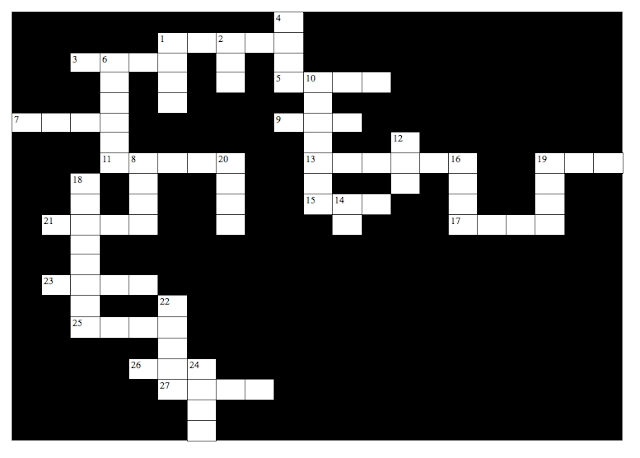GIANT
PANDA

The
giant panda lives in a few mountain ranges in central China, mainly in Sichuan
province, but also in neighbouring Shaanxi and Gansu.As a result of farming,
deforestation, and other development, the giant panda has been driven out of
the lowland areas where it once lived.

The
giant panda is a conservation reliant vulnerable species.A 2007 report shows
239 pandas living in captivity inside China and another 27 outside the country.
As of December 2014, 49 giant pandas live in captivity outside China, living in
18 zoos in 13 different countries. Wild population estimates vary; one estimate
shows that there are about 1,590 individuals living in the wild, while a 2006
study via DNA analysis estimated that this figure could be as high as 2,000 to
3,000. Some reports also show that the number of giant pandas in the wild is on
the rise.In March 2015, Mongabay stated the wild giant panda population
increased by 268, or 16.8%, totaling to 1,864 individuals. In 2016, the IUCN
reclassified the species from "endangered" to "vulnerable"
(it did not believe there was enough certainty yet to do so in 2008).
While
the dragon has often served as China's national symbol, internationally the
giant panda appears at least as commonly. As such, it is becoming widely used
within China in international contexts, for example as one of the five Fuwa
mascots of the Beijing Olympics.
The
giant panda has luxuriant black-and-white fur. Adults measure around 1.2 to 1.9
m (4 to 6 ft) long, including a tail of about 10–15 cm (3.9–5.9 in), and 60 to
90 cm (2.0 to 3.0 ft) tall at the shoulder. Males can weigh up to 160 kg (350
lb). Females (generally 10–20% smaller than males) can weigh as little as 70 kg
(150 lb), but can also weigh up to 125 kg (276 lb). Average adult weight is 100
to 115 kg (220 to 254 lb).
The giant panda has a body shape
typical of bears. It has black fur on its ears, eye patches, muzzle, legs, arms
and shoulders. The rest of the animal's coat is white. Although scientists do
not know why these unusual bears are black and white, speculation suggests that
the bold coloring provides effective camouflage in their shade-dappled snowy
and rocky habitat.The giant panda's thick, wooly coat keeps it warm in the cool
forests of its habitat. The panda's skull shape is typical of durophagous
carnivorans. It has evolved from previous ancestors to exhibit larger molars
with increased complexity and expanded temporal fossa. A 110.45 kg (243.5 lb)
giant panda has a 3D canine teeth bite force of 2603.47 newtons and bite force
quotient of 292.[citation needed] Another study had a 117.5 kg (259 lb) giant
panda bite of 1298.9 newtons (BFQ 151.4) at canine teeth and 1815.9 newtons
(BFQ 141.8) at carnassial teeth.
The
giant panda's paw has a "thumb" and five fingers; the
"thumb" – actually a modified sesamoid bone – helps it to hold bamboo
while eating.[42] Stephen Jay Gould discusses this feature in his book of
essays on evolution and biology, The Panda's Thumb.
The
giant panda's tail, measuring 10 to 15 cm (4 to 6 in), is the second-longest in
the bear family. (The longest belongs to the sloth bear.)
The
giant panda typically lives around 20 years in the wild and up to 30 years in
captivity. A female named Jia Jia was the oldest giant panda ever in captivity,
born in 1978 and died at an age of 38 on October 16 2016.


Komentar
Posting Komentar